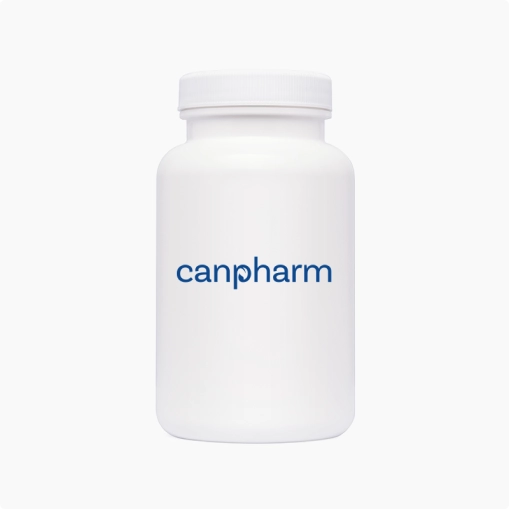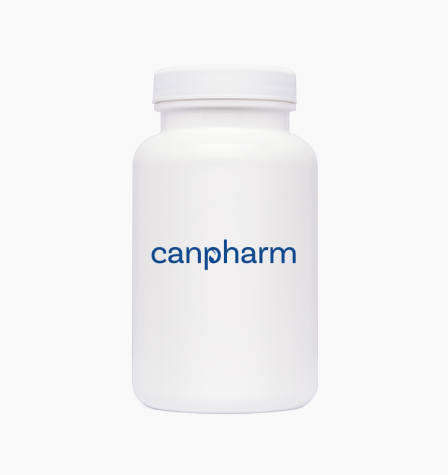
Rupall (rupatadine fumarate)
| Dose | Size & Price | Qty |
|---|
-
Description
-
Reviews (0)
-
Related Products
-
Related Conditions
Fact Table
| Fact Table | |
|---|---|
| Formula | C23H25ClN2O2 * C4H4O4 |
| License | Approved in various countries |
| Bioavailability | Not Available |
| Legal status | Varies by country (Rx/OTC) |
| Chemical Name | Rupatadine fumarate |
| Elimination half-life | 5.9 hours (approx.) |
| Dosage (Strength) | Usually 10mg tablets |
| Pregnancy | Consult a doctor |
| Brands | Rupall, Rupafin, others |
| Protein binding | 98-99% |
| PubChem CID | 53292 |
| MedlinePlus | Not Assigned |
| ChEBI | CHEBI:135473 |
| ATC code | R06AX28 |
| DrugBank | DB11614 |
| KEGG | D09069 |
| Routes of administration | Oral (tablet) |
Rupall falls under the category of second-generation antihistamines, specifically within the group referred to as histamine receptor antagonists. Its mechanism involves inhibiting the activity of histamine, a natural compound in the body. Histamine is responsible for numerous allergy symptoms. Rupatadine is employed to alleviate symptoms linked to both seasonal and perennial allergies, such as sneezing, nasal itchiness, runny nose, and eye irritation. Moreover, it is utilized to alleviate symptoms related to allergic skin conditions like chronic hives, itching, and various dermatological issues. Typically, Rupatadine begins to take effect within two hours of ingestion and remains active for 24 hours.
Before you buy Rupall, it is crucial that you talk to your healthcare provider about its effectiveness and potential side effects.
Directions
For adults and children aged 12 years and older, the recommended dosage of Rupall 10 mg is one tablet taken orally once daily, preferably with water, with or without food. It is important to follow the dosage instructions provided on the packaging or as directed by your healthcare professional. Never exceed the recommended dosage unless advised by a healthcare provider.
Ingredients
Each tablet of Rupall medication contains rupatadine fumarate as the active ingredient.
Cautions
Before taking Rupall, inform your healthcare provider about any existing medical conditions you may have, especially liver or kidney problems.
Avoid consuming alcohol while taking Rupall, as it may increase the risk of drowsiness and other side effects.
Do not exceed the recommended dosage of Rupall, as it may lead to adverse effects.
If you are pregnant or breastfeeding, consult your doctor before using Rupall to assess the potential risks and benefits.
Interactions
Rupall may interact with certain medications such as ketoconazole, erythromycin, and other drugs that inhibit the enzyme CYP3A4. Avoid combining Rupall with other antihistamines or sedatives, as it may increase the risk of drowsiness and impair your ability to perform tasks that require alertness. Make sure to disclose all the medications you are presently using to your healthcare provider to prevent any possible interactions.
Side Effects
While Rupall is generally well-tolerated, some individuals may experience side effects. Common side effects include:
- Drowsiness
- Headache
- Fatigue
- Dry mouth
- Nausea
- Dizziness
Frequently Asked Questions about Rupall (rupatadine fumarate)
What is Rupall (rupatadine fumarate)?
Rupall (rupatadine fumarate) is a medication that belongs to the class of second-generation antihistamines, specifically known as histamine receptor antagonists.
What is Rupall used for?
Rupall is indicated for the symptomatic relief of nasal and non-nasal symptoms of seasonal allergic rhinitis (SAR) and perennial allergic rhinitis (PAR) in patients 2 years of age and older. It is also used for the relief of symptoms associated with allergic skin conditions, including chronic hives, itching, and other skin disorders.
How does Rupall work?
Rupall works by blocking the action of one of the body’s natural chemicals known as histamine. Histamine is responsible for many of the symptoms caused by allergies.
How quickly does Rupall work?
Rupall usually starts working within 2 hours and lasts for 24 hours.
What are the forms of Rupall available?
Rupall is available in two forms: a tablet containing 10 mg of rupatadine and an oral solution containing 1 mg/mL of rupatadine.
What are the nonmedicinal ingredients in Rupall?
The nonmedicinal ingredients in Rupall tablets include lactose monohydrate, magnesium stearate, microcrystalline cellulose, pregelatinised maize starch, red iron oxide, and yellow iron oxide. The oral solution contains banana flavor, citric acid anhydrous, disodium phosphate anhydrous, methyl parahydroxybenzoate, propylene glycol, purified water, quinoline yellow, saccharin sodium, and sucrose.
How should I use Rupall?
The recommended dose of rupatadine for adults and adolescents 12 years of age and older is 10 mg taken by mouth once daily. The dose for children 2 to 11 years old is based on body weight.
Can I give Rupall to someone else?
No, you should not give this medication to anyone else, even if they have the same symptoms as you do. It can be harmful for people to take this medication if their doctor has not prescribed it.
What should I do if I have not discussed this medication with my doctor?
If you have not discussed this with your doctor or are not sure why you are taking this medication, speak to your doctor. Do not stop taking this medication without consulting your doctor.
What are the side effects of Rupall?
For information about the side effects of Rupall, please consult your healthcare provider or pharmacist, as they can provide you with a comprehensive list based on your health condition and history.
